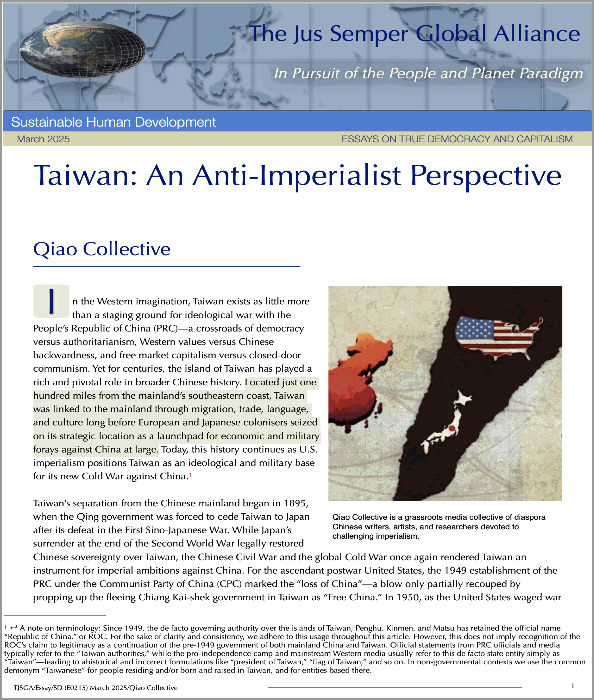Taming Gaia 2.0: Earth System Law
in the Ruptured Anthropocene Rakhyun E Kim
If the Anthropocene is a rupture in planetary history, what does it mean for international environmental law? When the Earth System crosses irreversible tipping points and begins a forceful, nonlinear transformation into a hostile state which I call the ruptured Anthropocene, the concept of protecting the global environment from humans would lose its meaning. Not only the dichotomy between humans and nature becomes irrelevant, but the environment itself will no longer exist as an object for protection. I argue that, for international environmental law to stay relevant in the ruptured Anthropocene, it needs to shift away from its traditional focus on restoring the planetary past, and instead play an active role in the making of planetary futures. Its new purpose will need to be active planetary stewardship, whereby humans add self-awareness for deliberate self-regulation of the Earth System. Such an attempt at ‘taming’ the so-called Gaia 2.0 will, however, create winners and losers, and the new form of law will have to address fundamental questions of justice on a planetary scale. Building on the concept of earth system law emerging in the earth system governance literature, I draw the contours of international environmental law 2.0 for the ruptured Anthropocene and discuss the challenges of instituting active planetary stewardship.
For a full review of this paper, click here or on the picture to download the pdf file. |







